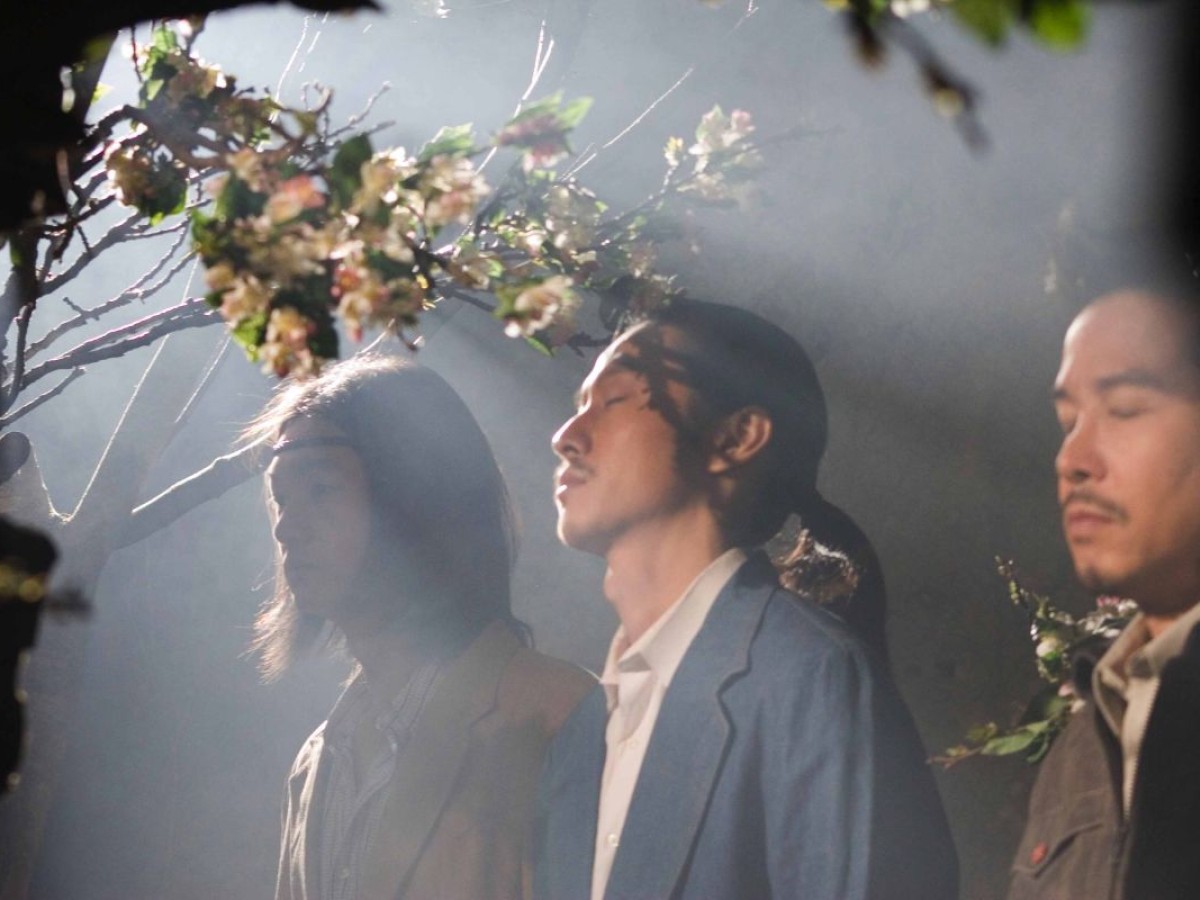Hirasawa Go
Japanese Revolutionary Cinema: Subversion and Creation
In the late 1950s, a new film movement emerged in Japan, namely that of subversive revolutionary cinema. Its most important representatives were the so-called New Wave, led by Nagisa Ōshima, Toshio Matsumoto and Susumu Hani; the "Experimental Films of the 1960s from Nihon University" by Katsumi Hirano, Motoharu Jōnouchi and Masao Adachi; and Shūji Terayama and Takahiko Iimura with their independent experimental films. Influenced by political protest against the 1960 U.S.-Japan Security Treaty, they disapproved of the form and content of the existing capitalist cinema, which was dominated by major film companies, and wanted to create a new kind of cinema. Ōshima's Postwar Cinema: Destruction and Creation (Sengo eiga: hakai to sōzō) and Matsumoto's Discovery of the Image (Eizō no hakken) became the theoretical and practical guiding principles of the movement in 1963. In the wake of the worldwide Protests of 1968, Japan saw the emergence of radically erotic works by Kōji Wakamatsu, a proponent of erotic art film (pinku eiga), and underground films by Michio Okabe. The new movement was supported by the re-nowned film critics Shigechika Satō, Masao Matsuda, and Kenji Kanesaka.
October 22, 18.30h | November 4, 21.00h
Program Hirasawa Go I
Mizu no nai puru (A Pool Without Water) 1982, Wakamatsu Kōji
October 29, 11.00h | November 3, 21.00h
Program Hirasawa Go II
Yūheisha (Prisoner/Terrorist) 2006, Adachi Masao
October 30, 11.00h | November 4, 18.30h
Program Hirasawa Go III
Short Film Program
Seishōnen no tame no eiga nyūmon (Young Person's Guide to Cinema) 1974, Terayama Shuji
Satsujin katarogu (Murder Catalogue) 1975, Matsumoto Toshio
Kaisōroku (Memoir) 1977, Okabe Michio
24 Frames per Second 1975–78, Iimura Takahiko
Hirasawa Go is a film researcher working on underground and experimental films and avant-garde art movements in 1960s and 1970s Japan. His most recent publication Japanese Expanded Cinema and Intermedia: Critical Texts of the 1960s (Archive Books) was published in 2020. He also curated the film program "Japanese Expanded Cinema" at the Museum of Modern Art in New York in 2021.
October 22, 18.30h | November 4, 21.00h
Program Hirasawa Go I
Mizu no nai puru (A Pool Without Water) 1982, Wakamatsu Kōji
October 29, 11.00h | November 3, 21.00h
Program Hirasawa Go II
Yūheisha (Prisoner/Terrorist) 2006, Adachi Masao
October 30, 11.00h | November 4, 18.30h
Program Hirasawa Go III
Short Film Program
Seishōnen no tame no eiga nyūmon (Young Person's Guide to Cinema) 1974, Terayama Shuji
Satsujin katarogu (Murder Catalogue) 1975, Matsumoto Toshio
Kaisōroku (Memoir) 1977, Okabe Michio
24 Frames per Second 1975–78, Iimura Takahiko
Hirasawa Go is a film researcher working on underground and experimental films and avant-garde art movements in 1960s and 1970s Japan. His most recent publication Japanese Expanded Cinema and Intermedia: Critical Texts of the 1960s (Archive Books) was published in 2020. He also curated the film program "Japanese Expanded Cinema" at the Museum of Modern Art in New York in 2021.
Related materials
Program Nicole Brenez - Oct / Nov 2021
Program Kim Knowles - Oct / Nov 2021
Program Birgit Kohler - Oct / Nov 2021
Program Roger Koza - Oct / Nov 2021
Program Nour Ouayda - Oct / Nov 2021


